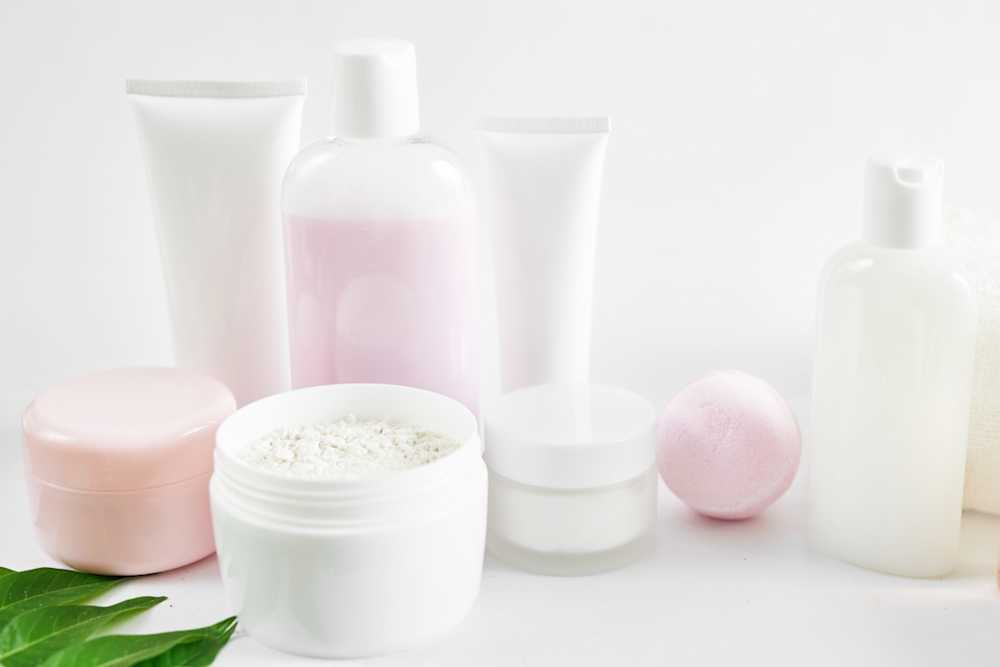All cosmetics sold in the European Union must comply with the requirements outlined in Regulations 1223/20091 and 655/20132, demonstrating that the product is safe to use and produces the promised effect. A comprehensive set of data is needed to prove compliance, including laboratory tests attesting to the product’s chemical composition, physical characteristics, and microbiological quality.
Safety assessment by EU Cosmetics Regulation
For a cosmetic product to be marketed in the EU, a safety report in accordance with Annex I of Regulation (EC) 1223/2009 must be produced. The report needs to include the following:
The composition information, including the percentages, chemical names, and other identifiers (e.g. CAS, INCI) of all ingredients. The intended function of each substance also needs to be specified.
Physical and chemical properties of the product and proof of its stability in foreseeable storage conditions.
Microbiological quality, evidenced by the results of a preservation challenge test.
The purity of the product, including information on any traces of prohibited substances or other impurities.
The purity and stability of the packaging material.
Information on normal and reasonably foreseeable use, as well as resulting exposure to the product and the substances it contains.
Toxicological profile of the substances, covering skin and eye irritation, skin sensitization, and photo-induced toxicity, where applicable. The assessment must account for the effects of particle sizes (including nanomaterials), impurities, and the interaction of substances.
Data on undesirable effects and serious undesirable effects.
Other relevant information, such as existing studies and risk assessments.
Preparing the report is the responsibility of a legal or natural person designated as the “responsible person” for the product, as defined in Article 4 of the Cosmetics Regulation. For cosmetics manufactured within the EU, this is usually the manufacturer. If the product is manufactured outside the EU, the importer is generally the responsible person, unless they designate the role to another entity.
Prohibited and restricted substances
Annex II of the EU Cosmetics Regulation lists the substances that are prohibited in cosmetic products, along with their CAS and EC numbers. The list includes around 1,700 substances, including toxic heavy metals, bisphenol A, phthalates, polycyclic aromatic hydrocarbons (PAH), and per- and polyfluoroalkyl substances (PFAS). New prohibited substances are added to the list periodically by amendments, which are all included in the latest consolidated version of the regulation.
Annex III lists substances that may only be used in cosmetics subject to restrictions, including maximum concentrations and warnings that need to be displayed on products containing them. Examples of restricted chemicals include hydrogen peroxide in hair dyes and toluene in nail polish. In total, restrictions apply to over 300 substances ranging from silver nitrate and titanium dioxide to allergenic fragrances.
Allowed colorants are listed in Annex IV, preservatives in Annex V, and UV filters in Annex VI. Cosmetics may not contain more than the specified concentration of each substance.
Justification of product claims
In addition to being safe, cosmetics must demonstrably fulfill any claims used to market them. The requirements concerning the justification of cosmetic product claims are laid down in the Annex to Regulation (EU) 655/2013. These include legal compliance, truthfulness, evidential support, honesty, fairness, and understandability of any claims made. With regard to composition, the presence of effective ingredients in high enough concentrations to produce the desired effect has to be demonstrated.
Nanomaterial-specific testing requirements
Nanomaterials have been found to deviate from conventional materials in terms of their physicochemical characteristics, interaction with biological systems, and toxicological effects. As a result, a more comprehensive safety assessment is needed for cosmetic products containing them.3
To determine whether a cosmetic product contains nanoparticles, Measurlabs offers particle size distribution analysis by EC recommendations on the definition of nanomaterials.
Nanoparticle-containing products require further tests to determine their detailed physicochemical properties, including morphology, crystallographic structure, surface area, and solubility. A thorough exposure assessment accounting for the possibility of nanomaterials passing through the dermal, respiratory, and intestinal barriers is also required.
If nanomaterials are used as colorants, UV filters, or preservatives, they must be listed in Annexes IV to VI of the Cosmetics Regulation and fulfill the conditions outlined for their use. Examples of currently authorized nanomaterials include carbon black as a colorant and titanium dioxide as a UV filter.
Cosmetics testing by EU regulations
Measurlabs offers a comprehensive range of third-party laboratory analyses for assessing the safety and performance of cosmetics and their packaging materials by EU regulations. Examples of our services include the following:
Chemical composition analysis
Microbiological quality testing
Contaminant screening
WVTR and OTR testing of packaging materials
Measuring the migration of substances from packaging to product
Do not hesitate to contact us through the form below or at info@measurlabs.com to request a quote for your product.
References:
1 Commission Regulation (EC) No 1223/2009 on cosmetic products, consolidated version from 17/12/2022
2 Commission Regulation (EU) No 655/2013 laying down common criteria for the justification of claims used in relation to cosmetic products
3 The detailed guidelines for assessing nanomaterial safety are outlined in a Scientific Committee on Consumer Safety (SCCS) guidance document.

